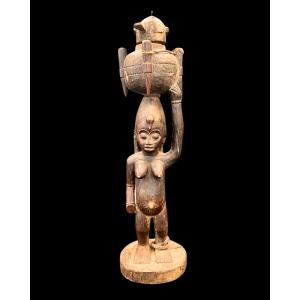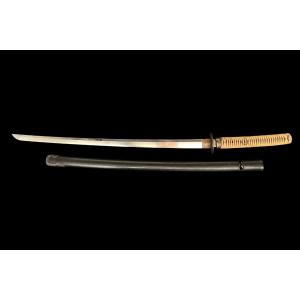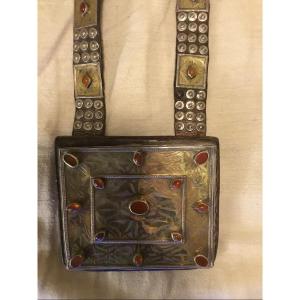This iconic posture of Luba art symbolizes the central role of women in the transmission of spiritual and political power. The secondary figure on the back, sometimes interpreted as a child or an ancestor, reinforces the idea of lineage and continuity.
This type of seat was not simply utilitarian furniture: it was reserved for chiefs or diviners, used during rituals or councils, and considered a receptacle of spiritual strength (bwimpe).
































 Le Magazine de PROANTIC
Le Magazine de PROANTIC TRÉSORS Magazine
TRÉSORS Magazine Rivista Artiquariato
Rivista Artiquariato